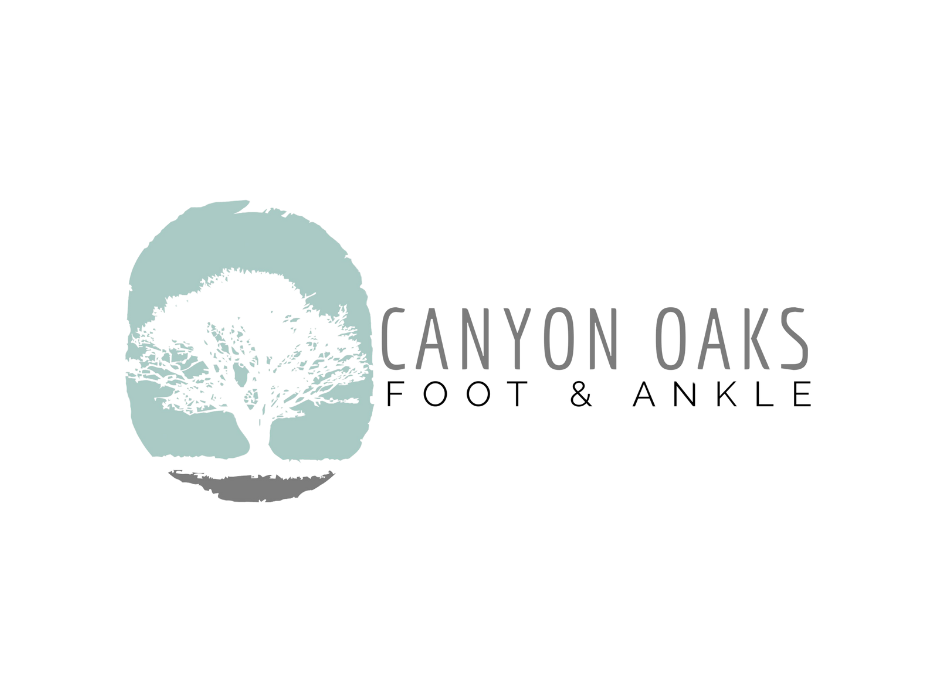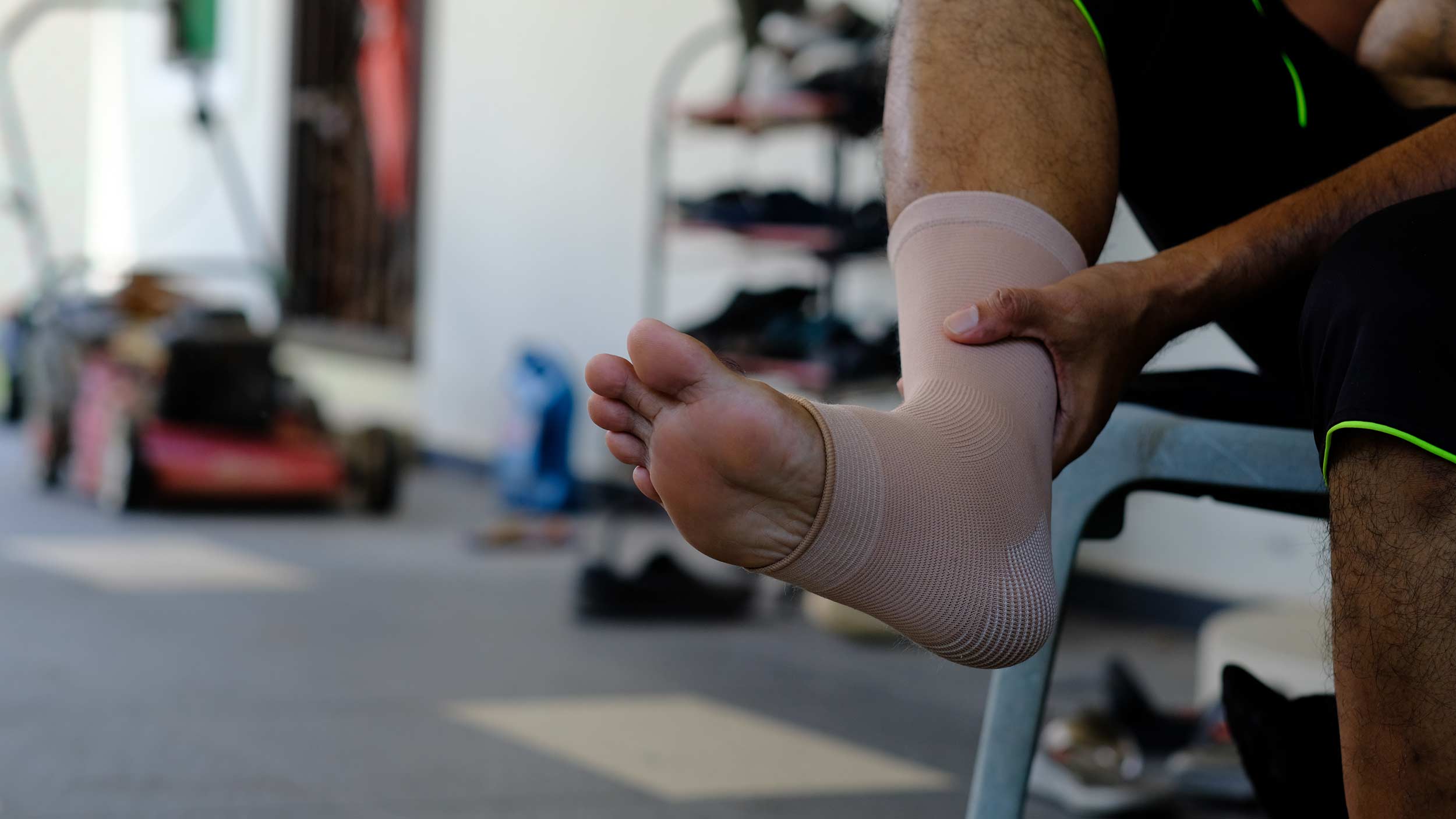When people twist their ankles, the ankle typically rolls outwards with the bottom of the foot facing toward the other foot. However, some patients experience the opposite.
What causes ankles to roll inwards? If your ankles roll inwards, what can you do to minimize twists and sprains?
Causes of Ankles Rolling Inward
If you notice your ankles roll inward, either when you misstep or as you walk, you may wonder why.
Here are some common causes of ankles rolling inward:
- Past Injury. Patients who have suffered from repeated ankle sprains are more susceptible to rolling their ankles. Sprains damage the ligaments that support the ankles and lead to instability, increasing future injury risk.
- Overpronation. Sometimes called hyperpronation, overpronation is when the feet roll inward when walking. This condition is due to flat foot arches and can be congenital or develop over time.
While you may not be able to control genetics or past injuries, there are some things you can do to prevent or treat overpronation of the foot.
What To Do For Overpronation
The feet of patients with overpronation flatten out more than normal as they walk or run. This flattening places undue pressure toward the inner frontal part of the foot.
According to Reid Health, overpronation can lead to developing other foot conditions like bunions and hammertoes. Flat feet may also increase the risk of pain in other areas of the body, such as the knees and lower back.
Since overpronation can cause other health problems or injury over time, it’s essential to address the condition.
What can you do if your feet overpronate?
Wear the Right Shoes and Orthotics
Find shoes that fit well and provide good ankle support. Avoid ballet flats, high heels, and other styles that do not offer stability or may cause you to roll your ankle.
Your podiatrist can make recommendations for the type and fit of shoes that will work best for your feet. Ask about orthotics that you can put in your shoe for more support.
Stretch and Exercise
There are many stretches and low-impact exercises you can do at home to strengthen your ankles. For example, lifting one foot off the ground and tracing the letters of the alphabet with your foot can help increase your foot’s range of motion and help your ankles gain more stability.
Regular exercise also promotes maintaining a healthy weight, which can affect pronation.
Visit Your Podiatrist
For help finding the right shoes, deciding what stretches to incorporate into your routine, or deciding on any other treatment, we recommend visiting your podiatrist.
Your foot doctor will examine your feet and diagnose any conditions, including overpronation, if present.
“To view the mechanics of your feet, your doctor will observe your feet from the front and back and ask you to stand on your toes. He or she might also look at the wear pattern on your shoes,” explains Mayo Clinic.
Once your podiatrist identifies the cause of your ankles rolling inward, they can make professional recommendations on how to treat the condition. Your doctor may also address any problems related to the overpronation, such as hammertoes or corns and calluses.
Best Foot Doctor Near Me
Canyon Oaks Foot & Ankle offers high-quality podiatric care to Central Valley residents. With offices in Fresno, Visalia, and Porterville, our qualified medical staff is here to help you with all of your foot and ankle care needs.
Contact us to book an appointment at one of our clinics.

